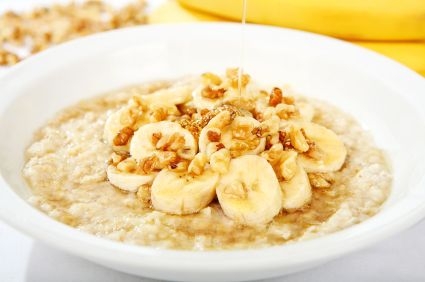
Oatmeal
Oatmeal has long been recommended as a way for moms to boost their milk supply. Researchers know that oatmeal has properties in it that help to lower cholesterol and maintain a healthy blood pressure. These properties in oatmeal may also help with other functions in the body including lactation. Nutrition may not be the only reason why oatmeal is good for breastfeeding moms though. Oatmeal is a comfort food. When a woman sits down and eats a bowl of oatmeal, it may help her to relax, which in turn may cause her body to release oxytocin (a hormone involved in milk production). In addition, being relaxed may help with the milk let-down process.

Spinach
Breastfeeding increases your caloric needs and your need for certain vitamins and minerals. Spinach is a good source of calcium, iron, Vitamin K, A, and folate. Folate (or folic acid) is particularly important for women who are pregnant or breastfeeding. Dark leafy green vegetables like spinach also contain phytoestrogens. Phytoestrogens, which are believed to promote breast tissue health and lactation, are plant-based chemicals that have similar properties as estrogen.
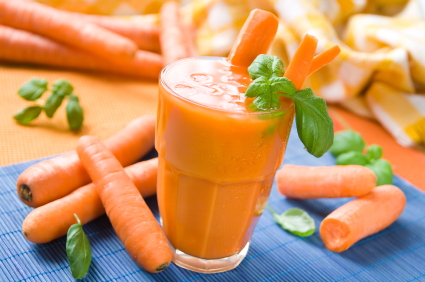
Carrots
Carrots are a lesser known galactagogue, but like spinach, they contain phytoestrogens. Carrots are also high in beta-carotene and Vitamin A, both of which lactating mothers have an increased need for. Carrot juice is especially great for breastfeeding moms. It is believed to provide extra energy needed by lactating women, and it may improve the supply and quality of breast milk. Drinking a cup of carrot juice just before lunch may give your afternoon supply a boost.

Hummus
Legumes such as chickpeas, lentils, lima beans, or green beans, are frequently used lactogenic foods. Hummus, which is traditionally made from chickpeas, tahini, garlic, lemon juice, and olive oil, is a perfect snack for breastfeeding moms. It is a complete protein, and the combination of chickpeas and garlic (another galactagogue) makes this nutrient dense snack, a top choice for nursing moms.

Papaya
Papayas have been commonly used in Asia as a galactagogue. Traditionally, it is made into a soup using green (not ripe) papayas. Its lactogenic properties have not been studied, but it is thought that the enzymes and phytochemicals in papaya may enhance breast tissue as well as improve lactation. Papaya has also been used as a natural sedative. The sedating quality may help you to relax, and at the same time help with the milk let-down process.

Asparagus
High in fiber, folic acid, Vitamins A, C, and K, asparagus is a power-house food for nursing mothers. Asparagus, like other foods on our list, contain phytoestrogens. The hormonal effect of phytoestrogens aid in milk production and high fiber foods help to maintain a healthy milk supply. Moreover, asparagus contain tryptophan, an essential amino acid which may stimulate prolactin (a major hormone involved in lactation) production and subsequently improve milk supply.
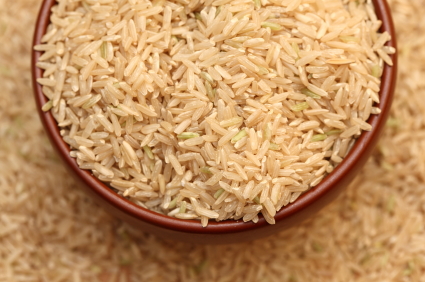
Brown Rice
Oatmeal is the whole-grain food you often hear about when it comes to supply-boosters, but brown rice is another whole grain that is notable when it comes to lactation. Brown rice is unprocessed rice with just the outer-most hull removed. It’s a complex carbohydrate, which provides mom with energy needed for breastfeeding, but it also helps with milk production in another way. Researchers have discovered that eating brown rice may cause an increase in serotonin levels in the brain. Serotonin is a neurotransmitter that helps regulate your moods, appetite, and sleep, but it also stimulates prolactin secretion. Prolactin, as mentioned earlier, is a key hormone involved in lactation.
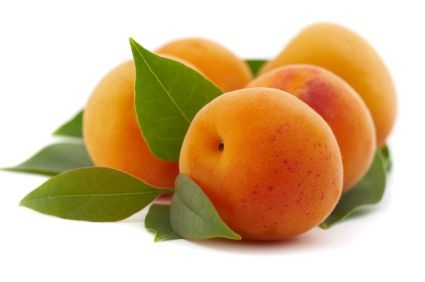
Apricots
The University of Wisconsin’s School of Health and Public Medicine recommends apricots as a natural galactagogue. Apricots (especially dried apricots) contain phytoestrogens which help to balance the hormones involved in lactation. Apricots are high in fiber, Vitamin A, C, potassium and calcium. Calcium-rich dried fruits like figs, apricots, and dates are thought to help with milk production. Apricots, like some other lactogenic foods on this list, also contain tryptophan, which naturally boosts prolactin levels.
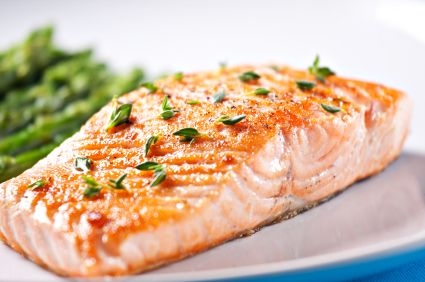
Salmon
Salmon is a great source of essential fatty acids and omega-3 fatty acids. EFAs and Omega-3 fatty acids, like what’s found in salmon, are thought to give your milk supply a boost even though they are not technically considered a galactagogue. There are a couple of reasons why we think EFAs and Omega-3s help increase a woman’s supply. The first is that they simply improve mom’s nutrition so that she can produce the hormones necessary for milk production. In addition, EFAs are part of what breast milk is made up of. Essential fatty acids are a key component in breast milk. Naturally, having more EFAs available will allow mom to produce fattier, more nutritious, breast milk.
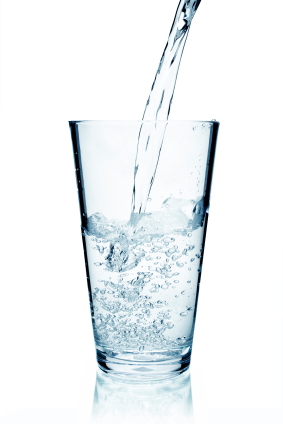
Water
Drinking more water is one of the best ways to improve your milk supply. Nursing depletes your body of fluids so it makes sense that drinking water will help you to stay hydrated and produce more milk. Don’t get carried away though. Research has found that drinking extra fluids (above what you would drink if you simply drank to thirst) does nothing to improve milk supply, and in fact, may reduce your supply instead. So keep it simple; when you feel thirsty or before you sit down to nurse grab a large cup of water.